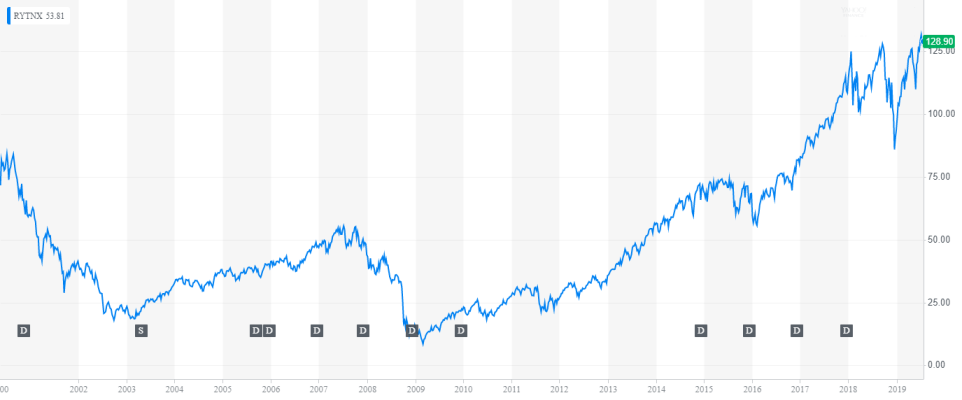I am around three years out and doing a lot of thinking about money. Right now I have two buckets. One is a 401K which will be worth maybe $1.3M at retirement. The other is Roth, IRA, brokerage accounts worth around $500K at retirement. I will ultimately have a small pension, SS and some inheritance but I am not factoring these at the moment. We live very frugally with no debt and I do not believe this will change in the future.
If the $1.3M were to be invested in the fixed fund in my 401K we would see an annual return of $50K. Assuming that $50K a year is enough for us to live on what would be the problem with putting the other $500K in a leveraged ETF like UPRO (3X S&P). I think it would provide increased gains over the S&P in normal up years would fund large ticket items or withdraws to cash. In down years it would crash but that would be the time to use the dry powder accumulated during good years.
I'm trying to find a fault with this strategy and maybe the collective knowledge of this forum can help. I know the fees are huge (1%) but assuming an average return on the S&P they should be paid by gains. I also know that we have been in a bull market for a while so buying something like this at the top would not be as wise as buying it at the bottom but who knows when that will be. What am I missing?
If the $1.3M were to be invested in the fixed fund in my 401K we would see an annual return of $50K. Assuming that $50K a year is enough for us to live on what would be the problem with putting the other $500K in a leveraged ETF like UPRO (3X S&P). I think it would provide increased gains over the S&P in normal up years would fund large ticket items or withdraws to cash. In down years it would crash but that would be the time to use the dry powder accumulated during good years.
I'm trying to find a fault with this strategy and maybe the collective knowledge of this forum can help. I know the fees are huge (1%) but assuming an average return on the S&P they should be paid by gains. I also know that we have been in a bull market for a while so buying something like this at the top would not be as wise as buying it at the bottom but who knows when that will be. What am I missing?

